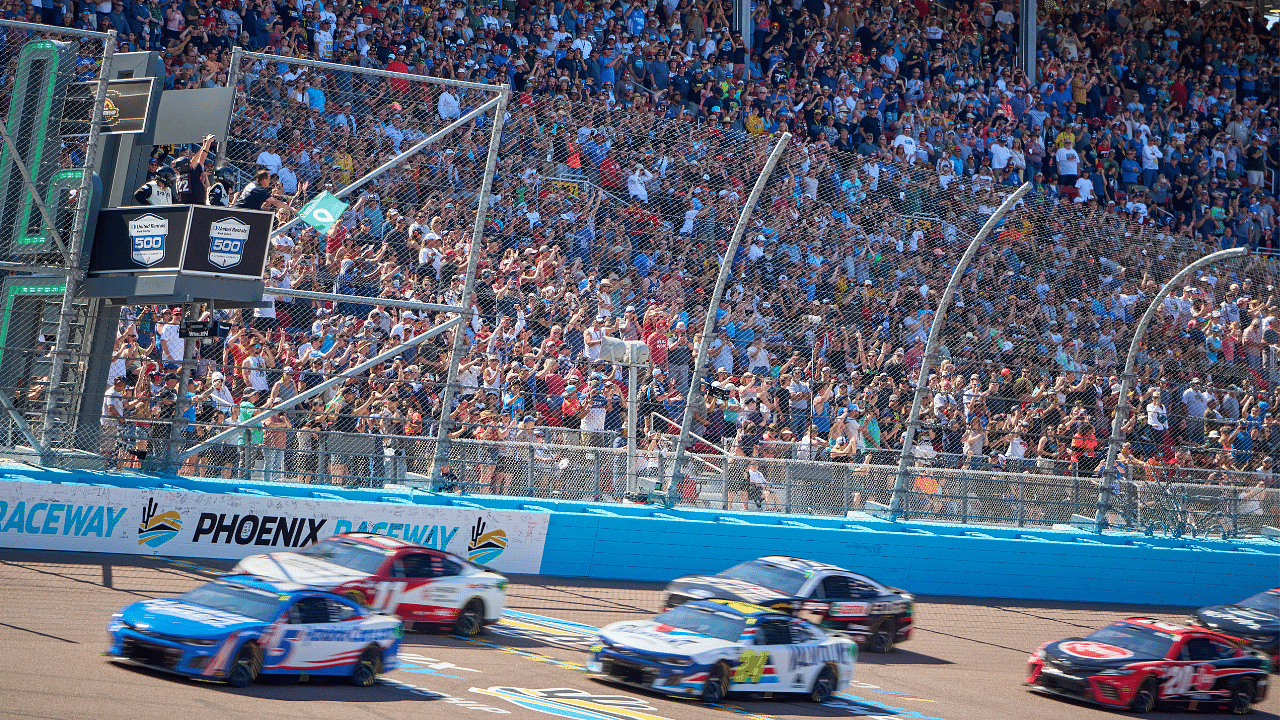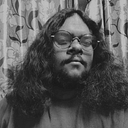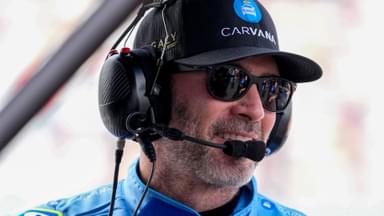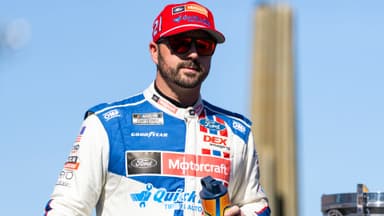Practice sessions in any motorsports event are required to allow teams to set up their cars according to the racetrack. However, NASCAR has been curtailing the amount of time allotted to practice sessions for every race. While this might seem like a problem to the big teams, the smaller teams are in favor of the decision.
Advertisement
The reason is pretty simple. The smaller teams believe that having shorter practice sessions allows them to create an equal playing field. How does that happen? Well, the bigger teams like Hendrick Motorsports and Joe Gibbs Racing are able to harvest quite a lot of data running practice setups which they can then use for all of their cars to maximise their performance on the racetrack. But the smaller teams that lack the resources and ability to collect all of that data often find themselves on the back foot.
Speaking in favor of the reduced practice times, Ricky Stenhouse Jr. who won the Daytona 500 last year running a single-car team mentioned, “In 20 minutes, it’s tough for them to run that many different setups and then change it for qualifying and the race.”
Similarly, Michael McDowell who runs in a two-car team agrees with Stenhouse’s comments explaining how the big teams have multiple people that look at the data and are able to translate that into the four race cars. He mentioned, “I think anytime that we give us more time to practice, the bigger teams do a better job of maximizing their car potential and setup.”
NASCAR limits practice sessions to 20 minutes for 25 races
The Cup Series schedule released by NASCAR shows 25 races to receive only 20 minutes of practice for all the teams. However, races at Iowa, Chicago Street Course, and the Indianapolis Motor Speedway Oval race will see 50-minute practice sessions.
It does make sense to have a longer practice time for these certain race tracks considering this will be the inaugural Cup Series race at Iowa, and it’s only the second iteration of the street course race at Chicago.
These limited practice times should end up benefiting the smaller teams along with the rookies in the sport as well. The 2024 season will see quite a few new faces join the grid. Now rookies such as Zane Smith, Josh Berry, John Hunter Nemechek, etc. being given the opportunity to have a somewhat level playing field will allow them to showcase their true skills during the races. They might even have the chance to fight for finishes at the front of the grid.








